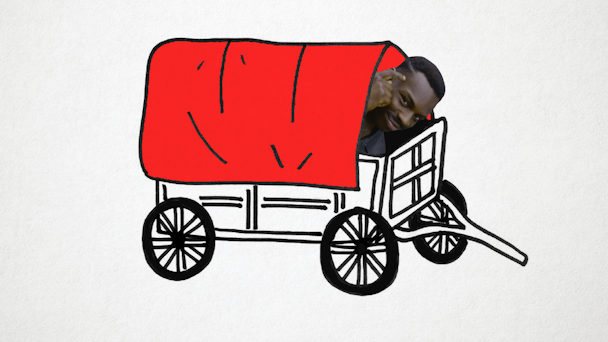The relevance of memes in the millennial age of social
Did you know the term ‘meme’ was initially coined by biologist, author and renowned atheist, Richard Dawkins in his famous book, ‘The Selfish Gene’. Dawkins defines a ‘meme’ as ‘a name for the new replicator, a noun that conveys the idea of a unit of cultural transmission, or a unit of imitation.’

The 'cultural phenomenon' of memes.
By this definition, Dawkins effectively means that memes are ideas; a cultural phenomenon that is passed down from person to person much in the same way that genes are passed down from parent to child.
The rise of the meme has changed the way social media impacts its users forever. It means that cultural ideas and social norms can be packed into little nuggets of information and shared from person to person in seconds. Memes can duplicate, grow and arguably shape certain corners of the online world. The big question remains though, is there a place for using memes from a brand perspective - or is jumping on this bandwagon a fruitless effort for prestigious names?
Jumping on the bandwagon
Most people’s reactions (and mine initially) is that the use of memes by a household name comes across a bit tacky and arguably forced. Why would you be enticed to buy something from a big company who rely on this new wave content to promote their name? It all just seems a little disjointed and transparent - ‘Oh, let me just jump on the latest trend to make myself seem relevant’ - it’s a tale as old as time, and not a good one. However, ten or so years ago this would be the case when memes were first born and gaining traction. They were more the exclusive world of a college student than big brands like Netflix and Gucci. Fast forward to 2018 though, where the real world is as convoluted as the world we see online, and memes have carved out their own place, gracing everything from our Instagram feeds to underground billboards on the tube. It’s a funny world we live in...
Making it matter
Despite the momentum, memes have gained over the years, like anything on social media its authenticity is its worth. It’s as simple as that. As we all know, content is the keystone in bridging the gap between brand and user, so every offering has to count - if a piece of content has no purpose then it short-circuits its very essence. This is the absolute requirement for brands utilising memes in their arsenal of content. It has to feel real and drive action or reaction from the consumer.
One brand that is pioneering the use of memes in their content is Netflix. If you haven’t already, then take a glance at Netflix’s online footprint - it is flawless. This is part of the reason why their use of meme content works - it fits with their brand personality and doesn’t feel awkward or forced. Pivoting off their original content, Netflix highlight fan-first moments and character nuances that they know will resonate with the audiences of their shows. Their content is sometimes so simple it’s mind-boggling, but what Netflix has secured is a strong relationship with their audience. They feel more like a best friend than a brand trying to sell their product.
Crash and burn
On the other hand though, as we’ve come to realise, jumping on the latest trend to be reactive can just end up crashing and burning for brands. Ideas can be great on paper, but if the execution is everything, and not done with conviction and correctly, then it can go horribly wrong. In 2017, American fast food chain, Wendy’s, slipped up in using a meme on Twitter. When asked if they ‘got any memes’ by a user on Twitter, they responded with their own branded version of a famous meme known as ‘Pepe the Frog’. Wendy’s, like Netflix, have quite a strong and user-friendly brand personality across their social, but they overlooked the meaning of this meme, leading to a prompt backlash, and after they swiftly deleted the post. Failing to acknowledge the racist connotations associated with the meme meant that Wendy’s shot themselves in the foot. A textbook example of convoluted internet culture being ripped out of context and applied recklessly to brands.
Strategic thinking
So where does this leave us? Do memes have a place in the world of brands, or should these spheres be kept separate to avoid crises such as the one above? The answer is, like all content, consideration needs to be taken with every step brands make. Being reactive is great, but being strategic about how you pivot off of the latest internet trend is more important. Think about what this content is saying about your brand, its purpose, and ultimately, what this looks like to the everyday person consuming your content. Will it resonate with your audience, or is it just following the crowd for the sake of it? Remember, the way to your users’ hearts is memorable content, not just memeable content.
Ryan Nair, junior strategist, Wilderness
Content by The Drum Network member:

Wilderness
The World's First Social Media Transformation Agency. We transform the strategy, management, and operations of the world’s most beloved brands. Part of the...
Find out more
